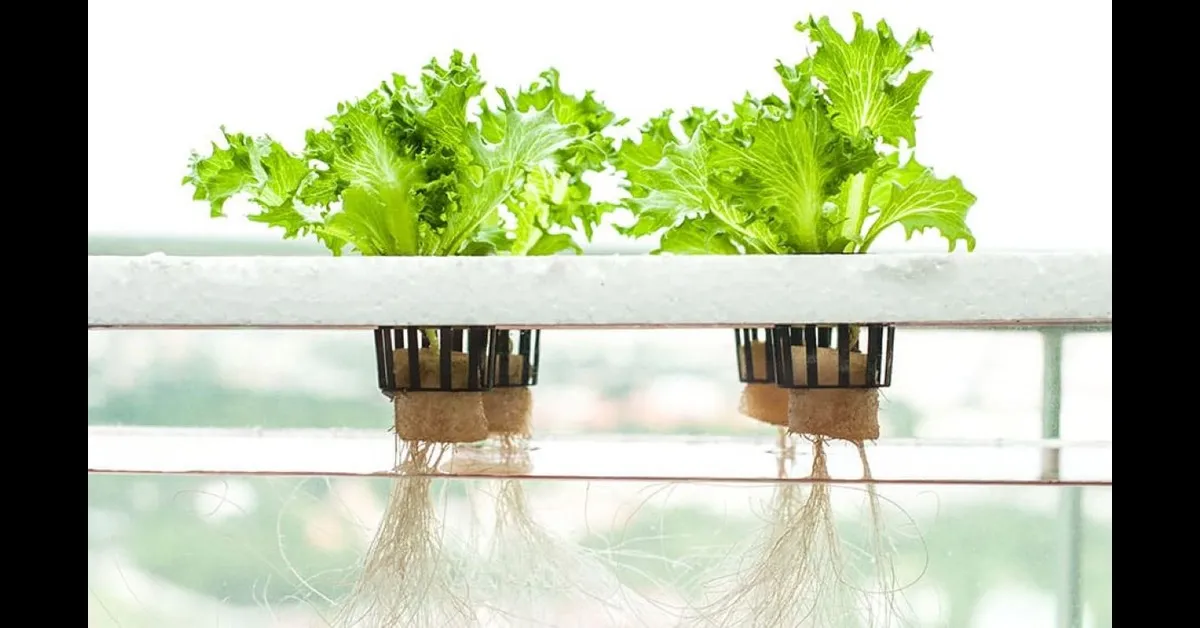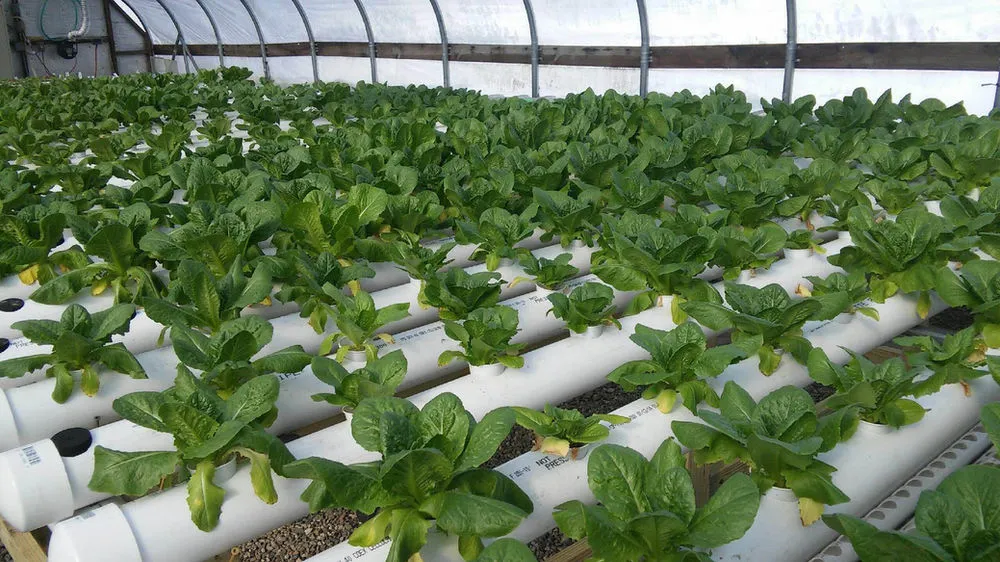
Intro
Hydroponics, also called aquaculture, nutriculture, soilless culture, or tank farming, is an innovative method of growing plants that is becoming increasingly popular around the world. Unlike traditional agriculture, hydroponics does not require soil, and instead uses a nutrient-rich water solution to grow plants. In this article, we will explore the setup and pros and cons of hydroponics.
Setup of Hydroponics
The setup for hydroponics is relatively simple and can be done on a small or large scale. In essence, hydroponics requires a growing tray or container, a nutrient solution, and a way to provide light to the plants.
The growing tray or container can be made from a variety of materials, such as plastic or glass. It should be able to hold the nutrient solution and the plants, and it should have holes or channels for the roots of the plants to access the solution.
The nutrient solution is a mixture of water and nutrients that the plants need to grow. It can be purchased pre-mixed or can be made at home using fertilizer and water.
The light source for hydroponic plants can be natural sunlight or artificial lights such as LED grow lights. The light source should be positioned in a way that provides the plants with the right amount and intensity of light.

Pros of Hydroponics
-
Higher yields: Hydroponics allows for more precise control over the growing conditions, which can lead to higher yields compared to traditional agriculture.
-
Less water usage: Hydroponics uses significantly less water than traditional agriculture because the water is recirculated in the system rather than being lost to the ground.
-
Fewer pests and diseases: Since hydroponic plants are grown indoors or in a controlled environment, there is less chance of pests and diseases affecting the crops.
-
No soil needed: Hydroponics eliminates the need for soil, which can be a limiting factor for traditional agriculture in areas with poor soil quality.
-
Year-round production: Hydroponics can be done year-round, providing a consistent supply of fresh produce regardless of the season.
Cons of Hydroponics
-
High setup costs: The initial setup costs for hydroponics can be high, particularly for large-scale operations.
-
Requires electricity: Hydroponic setups require electricity to power lights, pumps, and other equipment, which can lead to higher energy costs.
-
Precise management required: Hydroponic systems require precise management of water and nutrient levels, as well as other growing conditions such as temperature and humidity. This can take a lot of one’s time and requires expertise.
-
Risk of equipment failure: Any malfunction in the hydroponic system can be catastrophic for the plants, and equipment failure can be expensive to repair.
Conclusion
Hydroponics is an exciting and innovative method of growing plants that offers a number of benefits over traditional agriculture. While the setup costs and precise management required can be challenging, the potential for higher yields and year-round production make hydroponics a promising option for sustainable agriculture. As technology continues to advance and costs come down, we can expect to see even more adoption of hydroponics in the coming years.